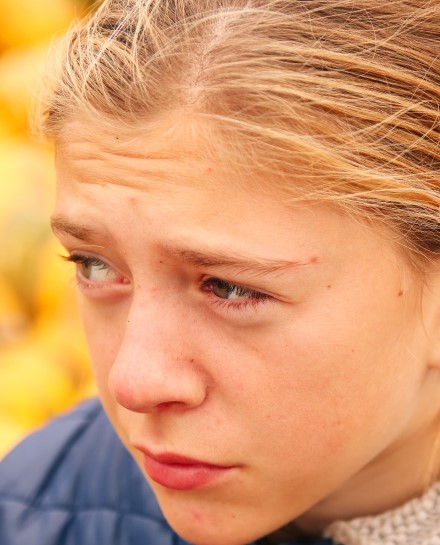News
Breaking Free From Patterns: A Guide to Healing Attachment Wounds
Dismantle destructive patterns with the power or neuroplasticity
Erin Brower LMHC
Breaking Free From Patterns:
A Guide to Healing Attachment Wounds
Attachment wounds, rooted in early childhood experiences, can profoundly impact our relationships, self-esteem, and overall well-being. These wounds often manifest as recurring patterns, habits, or addictions that can feel overwhelming. At Village Medicine Seattle, we believe in the power of healing and offer a comprehensive approach to addressing attachment wounds.
Through my training as a Licensed Mental Health Counselor, and specialty education on attachment theory counseling through the Gottman Institute, I am excited to share this knowledge with the Village Medicine community.

Understanding Attachment Wounds
Attachment wounds occur when our emotional needs are not met or are met in a harmful way during childhood. These wounds can lead to negative self-beliefs and coping mechanisms that persist into adulthood. Common attachment styles include:
- People-pleaser: Constantly seeking approval and validation from others.
- Mediator: Taking on the role of peacemaker to avoid conflict.
- Hero: Striving for perfection to compensate for feelings of inadequacy.
- Identified patient: Assuming the role of the problem child or scapegoat.
- Check-out: Disassociating or withdrawing to avoid emotional pain.
The Cycle of Patterns
Over time, these attachment wounds can become ingrained patterns of behavior. We may find ourselves repeatedly engaging in self-destructive behaviors or struggling to form healthy relationships. This cycle can be difficult to break on our own.
The Power of Neuroplasticity
The good news is that our brains are capable of change. Neuroplasticity allows us to form new neural connections and rewrite the stories that have been holding us back. By cultivating mindfulness, engaging in therapeutic practices, and addressing underlying
attachment wounds, we can break free from these harmful patterns.
The Healing Process
The process of healing attachment wounds involves several key steps:
Understanding Attachment Styles: Identifying your primary attachment style can provide valuable insights into your patterns of
behavior.
Rewriting Stories: Challenging negative self-beliefs and replacing them with more compassionate and empowering narratives.
Cultivating Mindfulness: Practicing mindfulness techniques can help calm the nervous system and improve emotional regulation.
Engaging in Therapy: Working with a qualified therapist can provide support, guidance, and tools for healing attachment wounds.
Therapeutic Approaches at Village Medicine Seattle
At Village Medicine Seattle, we offer a variety of therapeutic approaches to address attachment wounds and promote healing. These include:
- Cognitive Behavioral Therapy (CBT): Identifying and challenging negative thought patterns.
- Existential Therapy: Exploring life’s meaning and purpose.
- Mindfulness-Based Therapies: Cultivating present-moment awareness and reducing stress.
- Somatic Experiencing: Addressing trauma through body-centered techniques.
By understanding attachment wounds, recognizing the cycle of patterns, and utilizing effective therapeutic approaches,
we can embark on a journey of healing and create a more fulfilling life. Village Medicine Seattle is committed to
supporting individuals in their quest for emotional well-being and personal growth.
* This post was originally printed in the Village Medicine Seattle’s Wellness Quarterly Magazine, 4Q24 Edition. Read and download the full publication

About The Author
Erin Brower, LMHC: Erin is a seasoned therapist with over 20 years of experience in fostering sustainable and healthy relationships. Driven by curiosity, she focuses on understanding the dynamics of connection and helping clients establish clear boundaries and honest communication. A systems and attachment therapist, Erin believes that our relationships are shaped by various influences, including family, culture, and life experiences. Through her work, she empowers individuals to create safe and meaningful connections in all areas of life.
Learn more about Erin
